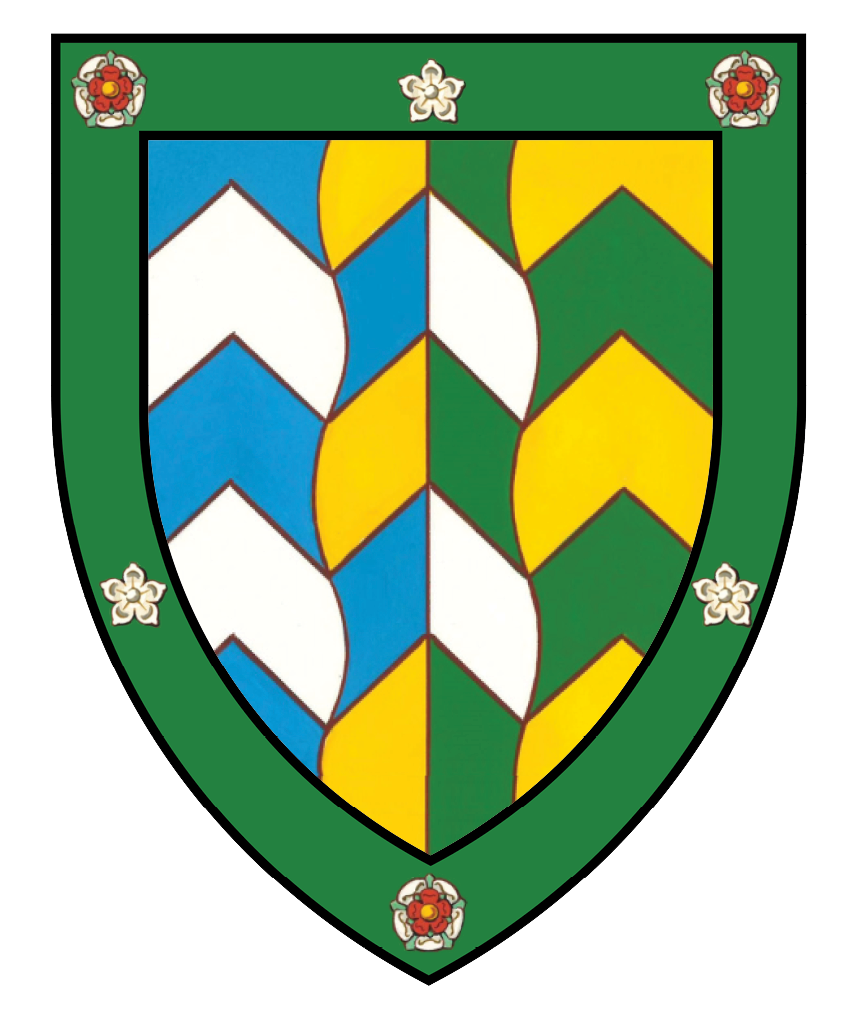Other Non-Conformist Churches
Unitarian, Inghamite, Plymouth Brethren and other non-conformist churches
Unitarian Churches
Unitarianism first appeared in England in the 16th century and enjoyed some support during the Commonwealth period, but the doctrine was generally regarded as heretical. It was not until 1719 that a renewed debate over the existence of the Trinity brought about the fragmentation of Presbyterianism and Congregationalism in England and saw the emergence of Unitarian churches. The older Unitarian churches derived mainly from the English Presbyterians, severely weakening the latter. This was the main reason for the terms 'Presbyterian' and 'Unitarian' becoming almost synonymous in the eyes of many in the early 19th century.
The Unitarian churches are similar in organisation to the Baptists, Congregationalists or Presbyterians, with each congregation being a separate entity, supporting its own minister and possibly belonging to a voluntary association with other Unitarian congregations.
The catalogue for records for the Kendal Unitarian Chapel (Market Place) reference WDFCU, held at Kendal Archive Centre, is available to browse online.
Inghamite Churches
Benjamin Ingham, the Yorkshire evangelist, joined the Methodist movement in Oxford in the 1730s. He worked closely with the Wesley brothers initially, but later joined the German religious sect known as the Moravians. He preached extensively in Yorkshire and Lancashire forming many local societies, but leaving others to consolidate them. His societies in Yorkshire and Lancashire were transferred to the Moravians in 1742. After 12 years of association, 80 congregations, following Ingham's personal lead, separated from the Moravians and henceforth were known as Inghamites. Though the congregations were practically independent churches, they regarded Ingham as their head. The influence of the views of Robert Sandeman in the 1760s led to fragmentation of the Inghamite movement and most of the churches became Methodist. Not more than 13 congregations, including Kendal Pear Tree Chapel, remained loyal to Ingham. The movement continued after Ingham's death in 1772, but entered a period of slow decline.
The catalogues for records for these particular churches, Pear Tree Chapel, Kendal (reference WDFCI 1) and microfilm, and Birks Chapel, Warcop (reference WDFCI 2), both held at Kendal Archive Centre, are available online. Microfilms of registers are held at Kendal Library.
Plymouth Brethren
The Brethren was founded by a small group that met together in Dublin in 1827-1828. Between 1830-1838 groups were founded in many of the principal towns in England, including Plymouth, from whence the Brethren acquired its title. Rev JN Derby and AN Groves were prominent members. The denomination, which underwent a number of splits and divisions, considered it necessary to sacrifice, not only luxuries but the normal comforts of life. They protested against worldliness and 'churchism' and were equally opposed to Episcopacy, Presbyterianism and Independency.
Although a number of congregations had been founded before 1837 no registers were surrendered to the Registrar-General, and none are known. The catalogue is available online for records of Kendal Brethren (Sand Aire, Stramongate), held at Kendal Archive Centre. Please note this link does NOT provide images of original records and registers. For further information please refer to the Plymouth Brethren Christian Church website.
Other non-conformist churches
Online catalogues are available for the following:
